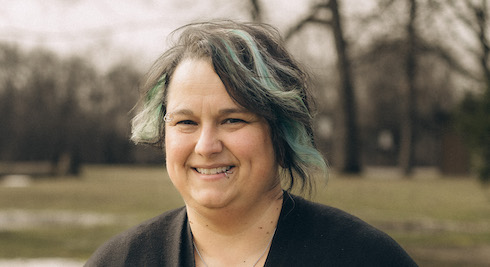Hispanics accounted for the majority of population growth in the U.S during the past decade—56 percent—according to 2010 U.S. Census Bureau statistics. As cited in a Pew Research Center report released in March, the nation’s Hispanic population grew from 35.3 million in 2000 to 50.5 million in 2010. Additionally, the report stated, an analysis by the Pew Hispanic Center found that, in 2010, over 23 percent of children under age 18 in the U.S. were Hispanic.
In fact, racial and ethnic minorities, the data revealed, accounted for 91.7 percent of the nation’s growth in the past 10 years. The remaining 8.3 percent of growth was among non-Hispanic whites.
Widespread population shifts and immigration are introducing new realities to the church, says Ted Vail, who leads Foursquare’s Urban and Multicultural Ministries. And he believes it’s one of the greatest opportunities the body of Christ has ever had to spread the gospel.
“For 400 years immigrants have been coming to these shores,” Ted shares. “Today we are given new opportunities to reach nations that have been difficult to access and hard to minister in, because God has brought them to us, the U.S.—to your neighborhood.
“Historically, when people are in transition, they are more open to the gospel,” he continues. “Unprecedented opportunities are also found with visitors, such as international students studying in our universities. Imagine this: The future leader of industry, banking or government of an inaccessible nation is living less than 30 minutes from your church!”
General Supervisor Tammy Dunahoo, in a recent article on ministry realignments of the National Church Office, noted: “We want to integrate wherever possible, without losing the distinct ministry needed for each people group.” To help accomplish this, she explained, a National Hispanic Council “comprised of district representatives, key national ministries and influential national voices” has been appointed. This council, she added, “has a vital role in bringing district issues to the larger national platform, as well as bringing key national and global Hispanic discussions right to the districts.”
In addition, Tammy noted, a Native American Ministry Council has been established, and Foursquare is in the process of forming an African American Council.
The neighborhood is changing, says Ted. But that’s something that excites him. “The Foursquare Church,” he affirms, “is at a pivotal time in its history as it positions itself to become a vital force in this new era of our nation.”
Ted challenges pastors in the U.S. to be mindful of the geographical ministries in their neighborhoods as well as the demographics of people and affinity.
“Ethnic ministry is not merely to be contained within any particular group,” Ted asserts. “Hispanics can reach Muslims; Nigerians can reach secularists. The gospel is spreading to all people, but also through all people.”
And he makes it clear that the spiritual forecast is not one of doom and gloom.
“Christianity in America is not dying,” he states. “It is actually experiencing life among our immigrants! We all have so much to offer each other, and if we can join hearts in unity, link arms in outreach and share resources, there is a bright future ahead.”
By: Bill Shepson, a Foursquare credentialed minister and freelance writer in Los Angeles

